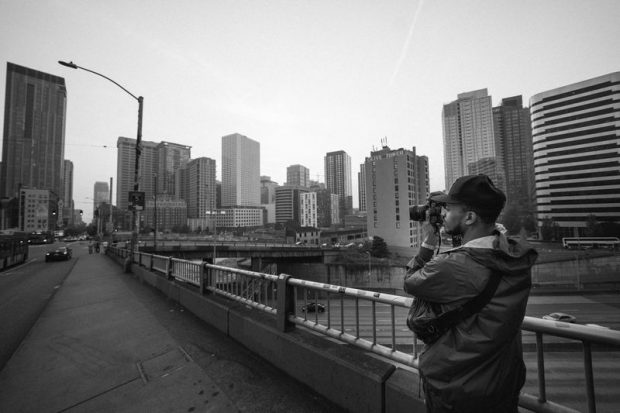Getting The Framing Streets To Work
Getting The Framing Streets To Work
Blog Article
Not known Facts About Framing Streets
Table of ContentsAll About Framing StreetsThe Basic Principles Of Framing Streets 4 Simple Techniques For Framing StreetsEverything about Framing StreetsThe 45-Second Trick For Framing StreetsThe smart Trick of Framing Streets That Nobody is Discussing
Photography style "Crufts Dog Program 1968" by Tony Ray-Jones Road digital photography (also in some cases called honest photography) is photography conducted for art or query that features unmediated chance experiences and random events within public places, typically with the objective of catching photos at a definitive or touching moment by mindful framework and timing. 
, that was inspired to take on a similar paperwork of New York City. As the city established, Atget assisted to promote Parisian streets as a deserving topic for digital photography.

Framing Streets Fundamentals Explained
Martin is the initial recorded photographer to do so in London with a disguised video camera. Mass-Observation was a social research organisation established in 1937 which aimed to videotape day-to-day life in Britain and to videotape the responses of the 'man-in-the-street' to King Edward VIII's abdication in 1936 to marry divorce Wallis Simpson, and the succession of George VI. The principal Mass-Observationists were anthropologist Tom Harrisson in Bolton check it out and poet Charles Madge in London, and their very first record was generated as the publication "May the Twelfth: Mass-Observation Day-Surveys 1937 by over 2 hundred viewers" [] Window cleaner at Kottbusser Tor, Berlin, by Elsa Thiemann c. 1946 The post-war French Humanist Institution photographers found their subjects on the road or in the bistro. Andre Kertesz.'s widely appreciated Images la Sauvette (1952) (the English-language version was entitled The Definitive Minute) advertised the concept of taking an image at what he described the "decisive moment"; "when form and content, vision and structure merged right into a transcendent whole" - sony a9iii.
Some Known Facts About Framing Streets.
The recording device was 'a concealed cam', a 35 mm Contax concealed below his coat, that was 'strapped to the breast and attached to a lengthy cable strung down the best sleeve'. His work had little modern influence as due to Evans' level of sensitivities about the originality of his job and the privacy of his topics, it was not published till 1966, in the publication Numerous Are Called, with an intro created by James Agee in 1940.
Helen Levitt, then a teacher of young kids, related to Evans in 193839. She recorded the transitory chalk illustrations - Sony Camera that became part of children's road culture in New York at the time, along with the youngsters that made them. In July 1939, Mo, MA's brand-new digital photography section included Levitt's operate in its inaugural eventRobert Frank's 1958 book,, was significant; raw and often indistinct, Frank's images questioned conventional digital photography of the moment, "challenged all the formal regulations laid down by Henri Cartier-Bresson and Walker Evans" and "flew in the face of the wholesome pictorialism and genuine photojournalism of American publications like LIFE and Time".
Report this page